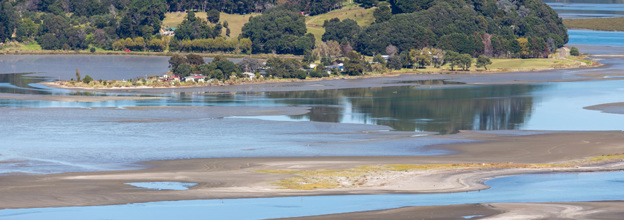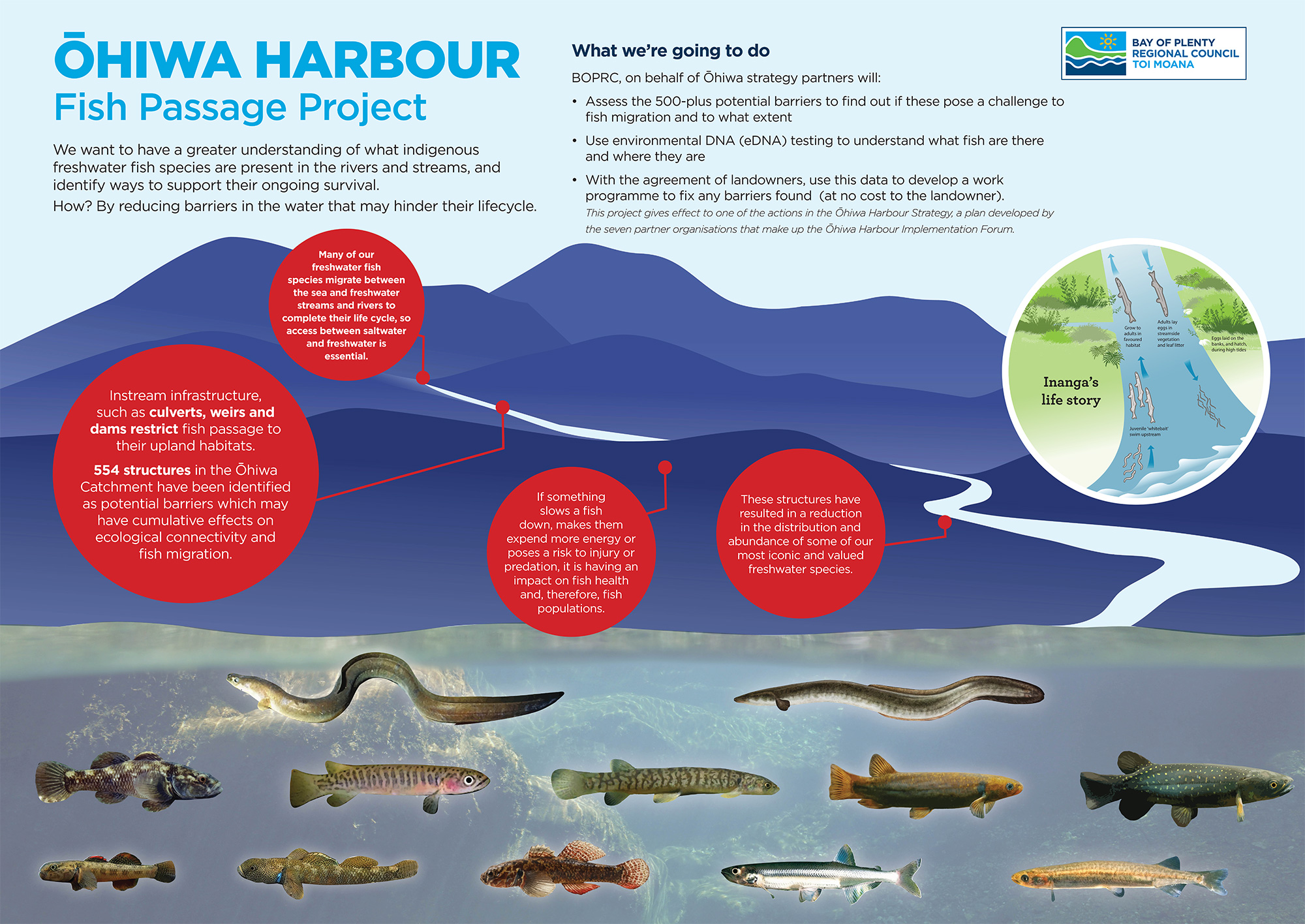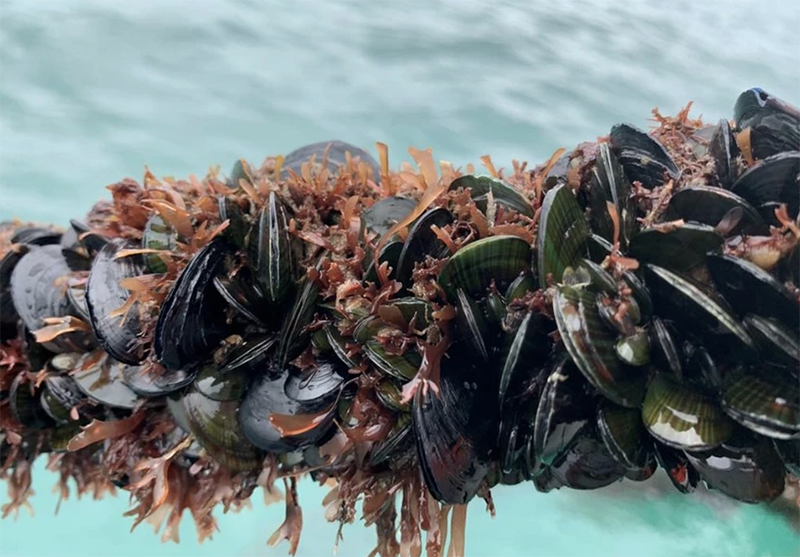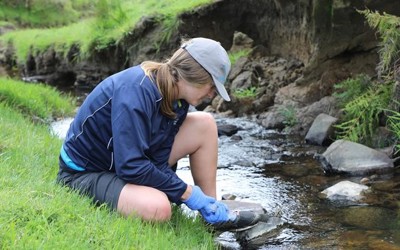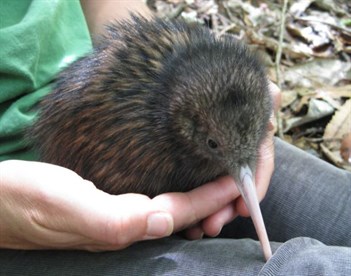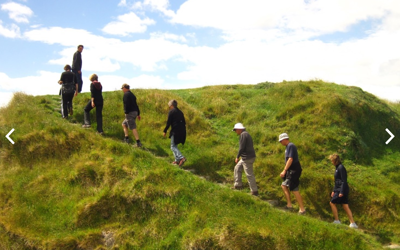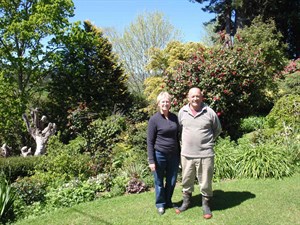Catchment management
Catchment management involves ensuring that land use does not adversely affect the harbour and that the biodiversity and natural qualities are protected.
The health of the Ōhiwa Harbour relies on the health of the estuary, which in turn relies on land management practices within the catchment.
Biodiversity in the harbour is highly valued, particularly the birdlife, native freshwater fish and harbour margin vegetation and habitat.
Some of key challenges for catchment management:
- Sedimentation, nutrients and general pollutants from land use threaten the health of the harbour.
- Biodiversity in the harbour is important and needs further protection and restoration.
- Development and use of the Ōhiwa Harbour needs to be managed appropriately to avoid adverse impacts on the harbour.
Harbour management
The health and ongoing availability of kaimoana in the harbour is of utmost importance to the community, particularly tangata whenua. If the rest of the harbour is healthy and managed appropriately, kaimoana will thrive and this resource needs to be protected to ensure its ongoing availability.
Some of key challenges for harbour management:
- Kaimoana in the Ōhiwa Harbour is threatened by overfishing, inappropriate gathering methods, starfish predation and changes in the harbour environment, particularly sedimentation. This has led to the disappearance of some species and is threatening those species that remain.
- Much more needs to be done to raise awareness of the issues, protect the resource and to police the rules and regulations around fishing and shellfish gathering.
- Ongoing research is necessary to understand the threats to the resource and this should take more of a bicultural focus.
People and communities
The harbour is highly valued for the many recreational opportunities it provides, and there are perhaps more that can be developed, but care must be taken to minimise any conflict or imbalance between various uses and with other harbour values.
There is considerable appetite in the community to be more informed about, and involved with, the science and mātauranga Māori that underpins the protection of the harbour and to be more informed about the human history and natural history of the harbour and its catchment.
Some of key challenges for people and communities in the catchment:
- There is a desire to utilise kaitiakitanga to assist in achieving sustainable management of Ōhiwa Harbour. This includes an acknowledgement of the non-human kaitiaki (taniwha) already in the harbour
- Increasing numbers of residents and visitors put pressure on the existing facilities such as jetties, boat ramps, rubbish bins and toilets. These facilities could be improved and other recreational opportunities provided, but in a way that minimises conflict with other values.
- More information, education and support is needed to improve harbour protection and management. This includes making science accessible to all.
- More effort needs to be made to involve all sectors of the community (particularly tourism, urban and farming) in looking after the harbour.
- There are opportunities to promote and support many community groups and initiatives. These include education, research, and work opportunities.


